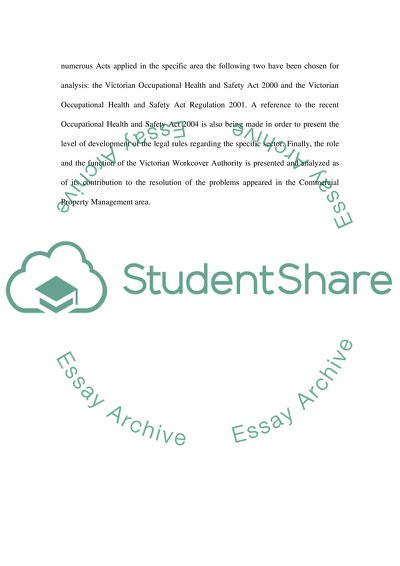Cite this document
(“Commercial Property Management in Australia Essay”, n.d.)
Commercial Property Management in Australia Essay. Retrieved from https://studentshare.org/miscellaneous/1536666-commercial-property-management-in-australia
Commercial Property Management in Australia Essay. Retrieved from https://studentshare.org/miscellaneous/1536666-commercial-property-management-in-australia
(Commercial Property Management in Australia Essay)
Commercial Property Management in Australia Essay. https://studentshare.org/miscellaneous/1536666-commercial-property-management-in-australia.
Commercial Property Management in Australia Essay. https://studentshare.org/miscellaneous/1536666-commercial-property-management-in-australia.
“Commercial Property Management in Australia Essay”, n.d. https://studentshare.org/miscellaneous/1536666-commercial-property-management-in-australia.


